As the saying goes, the windows are the eyes of a room, as they allow natural light, especially sunlight, to bathe the inside spaces, thus alleviating the interior and the exterior. Traditional windows are indeed functional apertures; however, they can be occasions of transformation and creative expression using decorative glass. Stained glass and frosted glass are just but several forms of decorative glass available, each with its merits and demerits, enhancing a room’s aesthetic and functionality.
What is Decorative Glass?
Decorative glass refers to the process and materials through which window treatments are made to be both aesthetically pleasing and effective. It is distinct from clear glass in terms of what it is intended to “do” for the room. A decorative glass should be more decorative, provide privacy, or add a three-dimensional texture to the room.
The Role of Decorative Glass in Transforming Spaces
Since decorative glass is mainly associated with ornamentation, it is necessary to educate people about its multifaceted benefits:
Light and Transparency
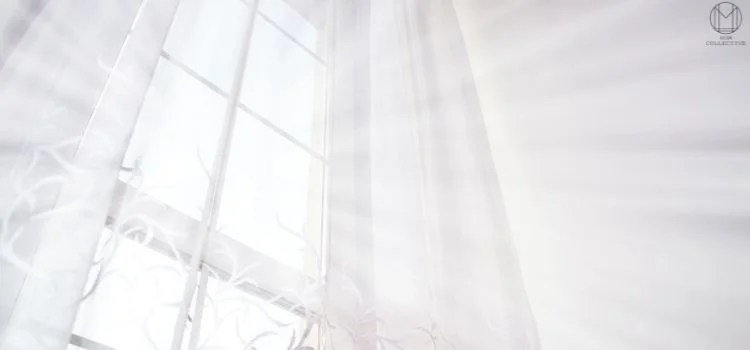
One of the most visible advantages of decorative glass is the manipulation of light and transparency. The stained glass changes the sunlight into colorful smudges, creating ephemeral patterns on floors and walls. Frosted glass blurs the separation between the outside and the inside, which allows you to maintain privacy without sacrificing natural light, making your bathroom or office partition a better option.
Statement Things
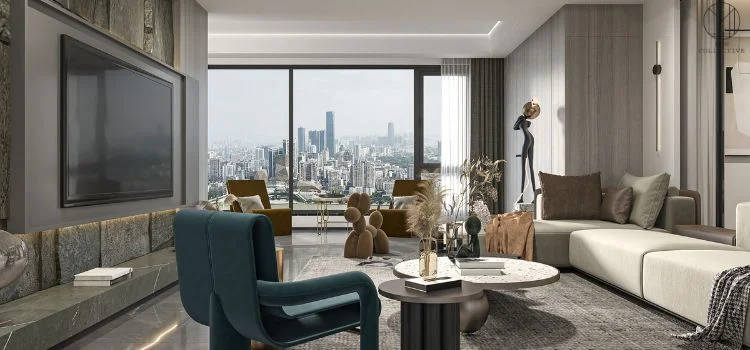
Decorative glass always has a high impact. Stained glass windows offer an elegant, colorful design, or leadership pieces may make a clear impression. Whether our home has an old-fashioned leaded glass panel or a modern frosted screen, decorative glass can appeal to our preferences and imaginative side.
Texture and Color
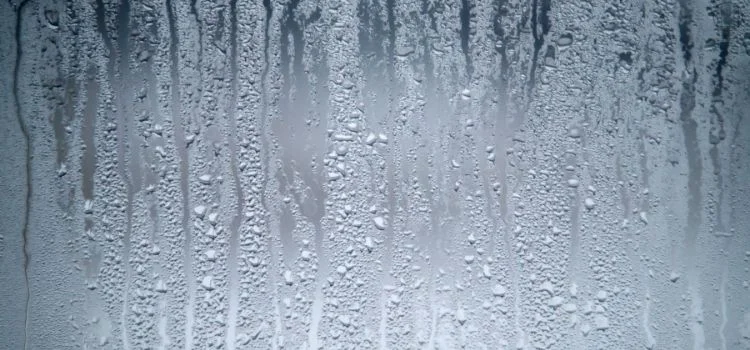
Textured glass provides windows with depth and perspective, as well as visual and tactile interest. Subtle patterns to the pattern on pattern provide texture and the appearance of natural materials in stone and contrasting woods that help warm up cold, clean contemporary spaces. In addition, colored sheets offer subtle shifts or dramatic jewel tones in soft pastels, celebrating the intimate parts of your home.
Operational
Decorative glass can also be useful. For instance, insulated glass is used to increase the overall energy efficiency because it lowers the amount of heat that is transferred between one side of the glass and the other, as well as the amount of condensation. As described in the work, some forms of glass are used in the automotive industry, such as toughened glass, which decreases the chance of injuries resulting from broken glass that shatters into small blunt pieces, and laminal glass, which provides modern doors with soundproofing and increased security.
Durability
However fragile decorative glass may seem, it is an exceptionally hard and enduring material when properly cared for. These days, decorative glass is exceptionally robust, able to withstand impacts and prevent breakage if properly handled. Your original investment is thus assured because it will stay efficient and appealing for many years to come.
Consistent Use With Other Materials
There is no material with which decorative glass does not cooperate. Whether it is wood, metal, concrete, stone, etc., in the types of windows, doors, or architectural features, the application is only suitable for everyone’s original design.
Types of Decorative Glass
There are a number of types of decorative glass, each with their own unique properties and uses.
Stained Glass
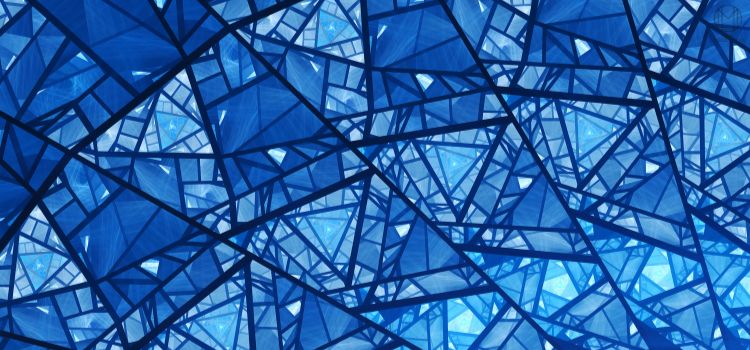
Stained glass is made with bright colors and elaborate patterns by melting colored pigments onto glass plates. Traditionally used in churches and cathedrals, this material adds a touch of class to homes as well as professional developments.
Frosted Glass
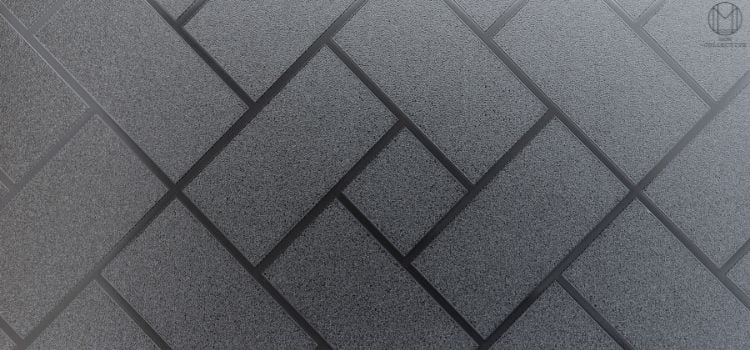
Frosted glass is treated with acid or sandblasted, giving it a translucent and opaque appearance. You can see vague outlines within, but you definitely can’t make out anything clearly. This type of decorative glass is seen everywhere-from bathrooms to offices and entryways! Not only does it provide privacy in wide open spaces, but it also lets natural light in.
Textured Glass
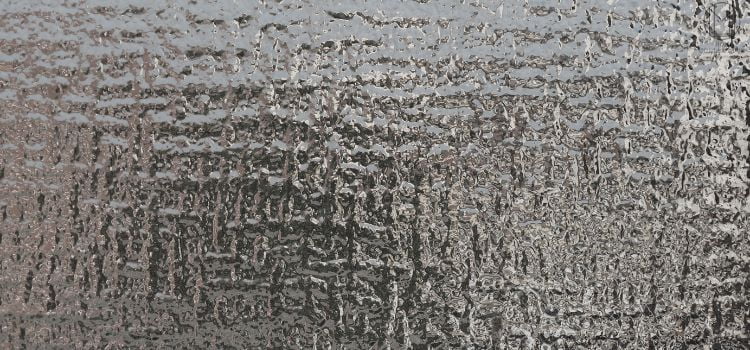
Patterns or designs are engraved on the surface of the glass, resulting in this fascinating art piece that radiates light. Textured glass can vivify your whole home without altering it strategically, yet making it more lively and functional. From ribbed to reeded, textured glass enriches the three-dimensionality of windows. It gives them style and feeling.
Tinted Glass
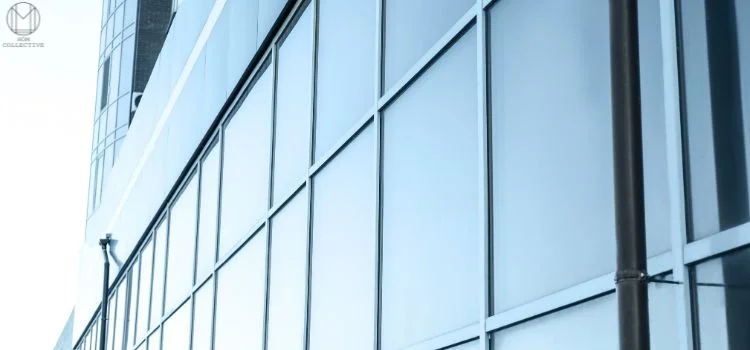
It is color-infused during the manufacturing process, offering subtle variations in hues and tones. This kind of decorative glass reduces glare and UV exposure while adding a splash of color to interiors, which makes it perfect for sunrooms, conservatories, or even commercial storefronts.
Insulated Glass
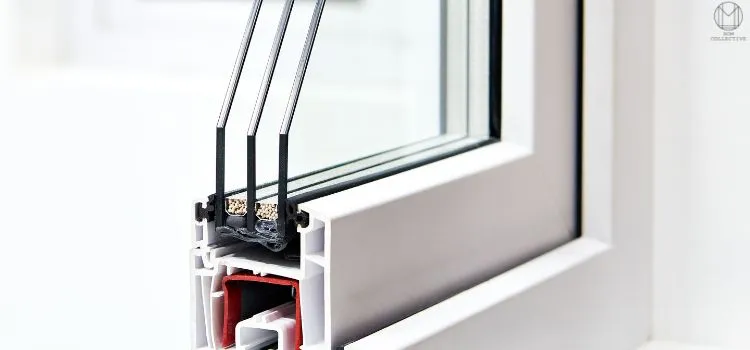
Insulated glass is made up of two or more panes of glass that are separated by an air- or gas – filled gap and a special seal at that. This type of decorative glass improves thermal insulation and noise reduction, with insulation values anywhere from 1.7 to 3.48 W/m2·K depending on how many sheets are used. It’s not just useful to save energy – it provides warmth in the winter and cool air during the summer too!
Tempered or Toughened Glass
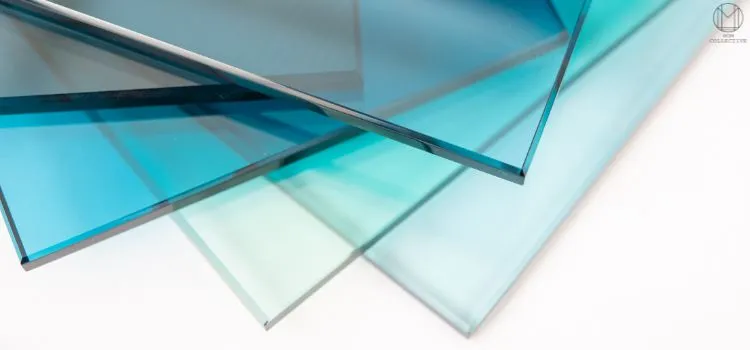
Both tempered and toughened glass undergo treatment by heating or by adding chemicals, this strengthens them and makes them harder. This type of decorative glass is not only still transparent but can also resist both heat stress and physical impact – which means it’s ideal too.
Laminated Glass

Laminated glass is made of two or more layers of glass bonded together with an interlayer typically in plastic, like polyvinyl butyral (PVB) or ethylene-vinyl acetate (EVA). This kind of decorative glass provides extra security, safety, and soundproofing – even in a noisy environment or if you are on an interesting street – you need it, and it is perfect for all traffic areas and places likely to be subject to hurricane damage.
Conclusion
Decorative glass have countless new ways to add spirit and appreciate indoor space, whether in home-buildings or commercial premises. In decorative glass exist materials, textures, colors, and patterns of endless variety, and designers and homeowners can use them to produce special installations not only for beauty’s sake but also for comfort and future economy. Used as the focal point or the complements that finish surfaces one might call units, decorative glass lifts ambient levels and aesthetics in locations of any kind. It is a feature that can be used anywhere and enjoys very high public acceptance at the same time. For high-quality and customized solutions, reach out to experienced Glass Dealers in Noida to transform your space.
FAQ’S
What maintenance do we need for the beautiful decorative glass?
No single rule applies to maintenance for decorative glass; it’s important to evaluate your particular needs in this case. But as a general rule of thumb, decorative glass can be kept shining by using a mild glass cleaner and a good-quality spray bottle with a cloth. What’s more, by paying attention to any signs of damage or degradation and dealing with them in time, you can prolong the life expectancy of these windows.
How can we ensure that the decorative glass in my home or office is safe?
To ensure the safety of decorative glass installations, especially in high-traffic areas or homes with children or pets, consider using tempered or laminated glass, which is more resistant to breakage and shattering. Refrain from placing heavy objects near glass surfaces, and be mindful of any potential hazards, such as sharp edges or protruding hardware.
What are some creative ways to incorporate decorative glass into interior design?
There are numerous creative ways in which decorative glass can be incorporated into an interior design. You can add visual interest and color to a room, for instance, with stained glass windows or partitions. Or you might choose frosted glass doors or dividers that offer privacy yet let in the natural light. Experiment using textured or patterned glass accents (such as backsplashes, countertops, and cabinet inserts), too. These will add depth and dimension to kitchens as well as bathrooms.
Is decorative glass suitable for exterior applications?
While decorative glass is mainly for indoor use, there are certain types, such as insulated or laminated glass, that can also be employed in outdoor applications. It is necessary, however, to take into account expectations regarding the glass when using decorative glass outdoors. Among these considerations are exposure to weather elements, UV radiation, and changes in temperature. This increases the likelihood of getting what has been requested and of its proven success, Installing exterior custom glass is a good example—as long as you consult installation or design specialists for help.
Are there any specific considerations for placing glass art in high-traffic areas?
If glass artwork will be placed in an area with much foot traffic, ruggedness must come first. Then opt for tempered glass or perhaps laminated glass. To withstand frequent use, mounting and hanging should be as secure as possible. A place where it is visible rather than hidden through as to prevent accidental breakage. Regular care is essential to maintaining the appearance of glass art. Heed traffic flow and accessibility guidelines in placing artworks, for safety’s sake.
